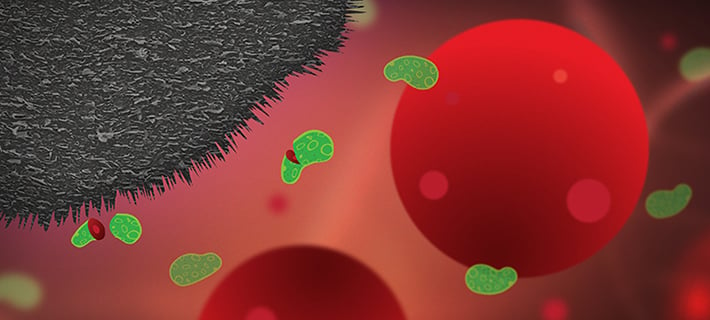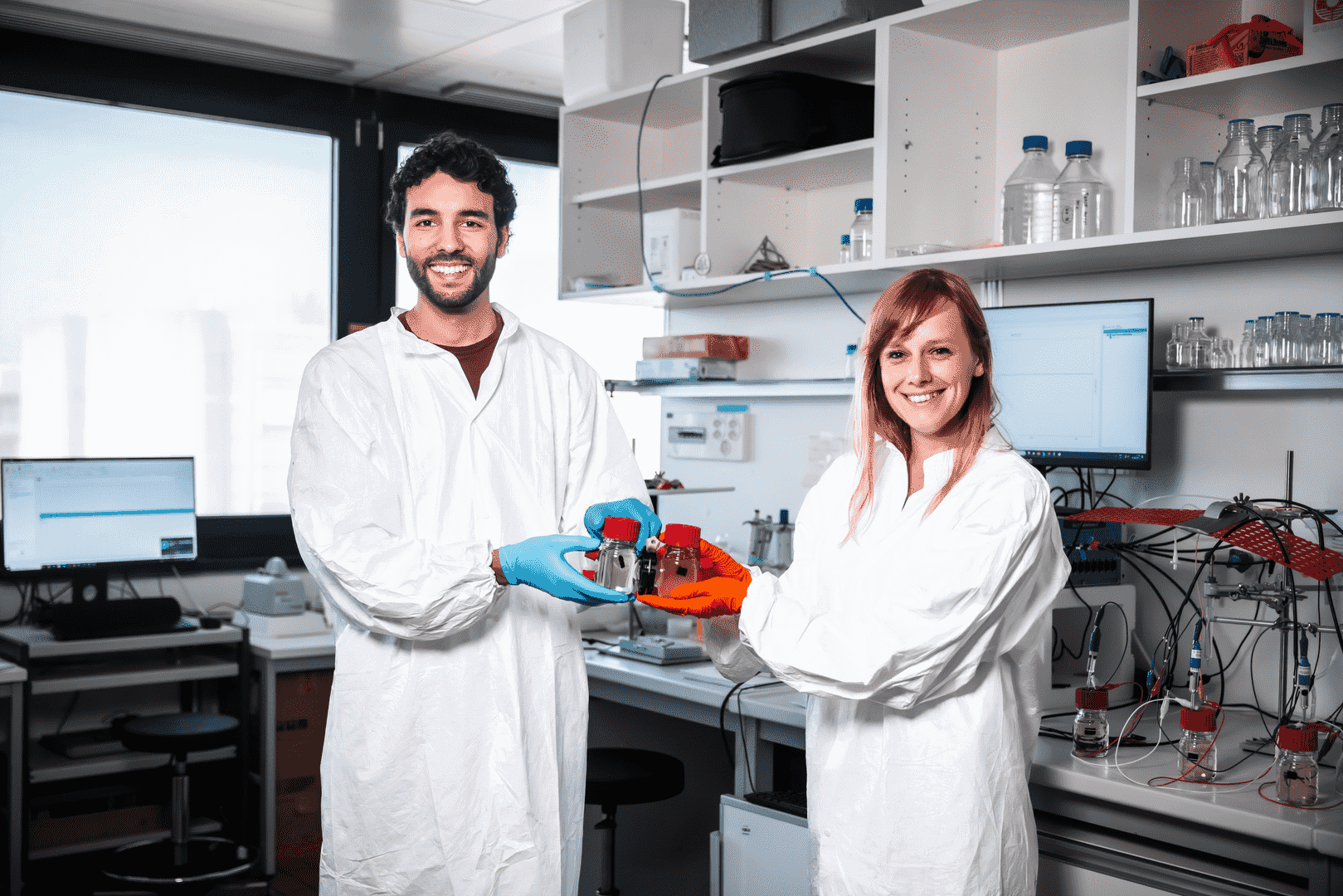
A protective layer of graphite nanoplates on implants can prevent infections in patients. That is what scientists at Chalmers University of Technology in Sweden have discovered. This discovery is of enormous medical importance. According to the European Centre for Disease Prevention and Control (CDC), on average more than four million people in Europe contract an infection while receiving medical treatment. Most are bacterial infections caused by medical devices and implants in the body. Such as catheters, hip and knee replacements or dental implants. These implants often even have to be removed.
Vast amounts of antibiotics are used to prevent these infections as well as treat them. This is not only costly, but also contributes to the ever-growing resistance to antibiotics. The number of infections can now be significantly reduced by using these graphite nanoplates.
“The goal of our research is to develop antibacterial surfaces that can reduce the number of infections and subsequent need for antibiotics which bacteria cannot develop resistance to,” says Santosh Pandit, a postdoctoral researcher in Professor Ivan Mijakovic’s research group at Chalmers University of Technology. “We’ve shown that made-to-measure surfaces made from a mixture of polyethylene and graphite nanoplates can kill 99.99 % of the bacteria that try to bind to the surface.”
Impressive antibacterial effects
Infections on implants occur when, for example, bacteria migrate into the blood and eventually bind to any suitable surface. There they reproduce and form a biofilm; a bacterial coating. The Swedish scientists have already demonstrated in previous research how vertical graphite flakes can form a protective layer. These make it impossible for bacteria to attach themselves. A bit like barbed wire on buildings, they can prevent birds from building nests. The graphite flakes damage the cell membrane and kill the bacteria. However, as producing these graphite flakes is very expensive, mass production is not feasible.
“We have now achieved the exact same excellent antibacterial effect, but with relatively cheap graphite nanoplates mixed with a very versatile polymer,” says Roland Kádár, university lecturer at Chalmers’ Department of Industrial and Materials Science. “The polymer is not compatible with graphite nanoplates by nature. But with the usual plastic production processes, we have succeeded in designing the microstructure of the material (which has a comparatively high filler content) in such a way that the desired effect is achieved. There is now great potential for a number of biomedical applications.”
Human cells remain intact
Human cells are about 25 times bigger in size than bacteria. Nanoplates on the surface of the implants kill the bacteria and that’s how they prevent a bacterial infection. The much larger human cells are not affected. These healthy cells remain intact. “The patient suffers far less from the effects of surgery. In addition, a lot less antibiotics are needed. It also leads to a reduction in follow-up care as the implants can remain in the body much longer than the implants currently in use,” Santosh Pandit states. “Our research could also help reduce the enormous costs that these kinds of infections cause in the healthcare system around the world.
In subsequent studies, researchers now intend to focus on unlocking the full potential of the antibacterial surfaces for specific biomedical applications.
Above photo: The nanoplates on the surface of the implants prevent bacterial infection without harming healthy people. © Chalmers University of Technology
Read more IO articles on antibiotics here.
Read more IO articles on nanotechnology via this link






